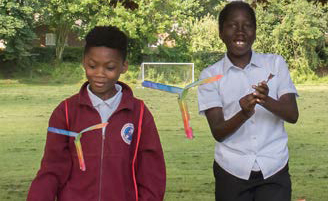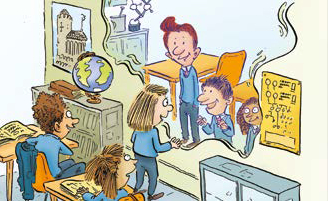Mary Anning: A Fossil Hunter’s Story

In about 1811, Mary Anning’s brother Joseph found a strange-looking fossilised skull on the beach. Over the months that followed, 12-year-old Mary searched for and gradually dug out the fossilised skeleton of the first Ichthyosaurus to be found.
The way Mary Anning and William Buckland investigated bezoar stones (coprolites) is an excellent example of how scientists use a combination of creative thinking coupled with the evidence of observations to develop hypotheses and then to test them.
Although coprolites originate from faeces, when faeces become fossilised they turn into stone – and can easily be mistaken for any other pebble on a beach. Mary had excellent skills as an observational scientist and comparative anatomist, and these helped her to form her hypotheses about the bezoar stones.







